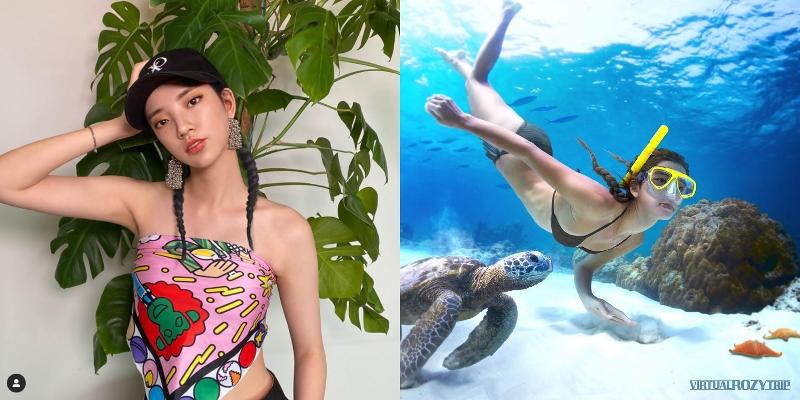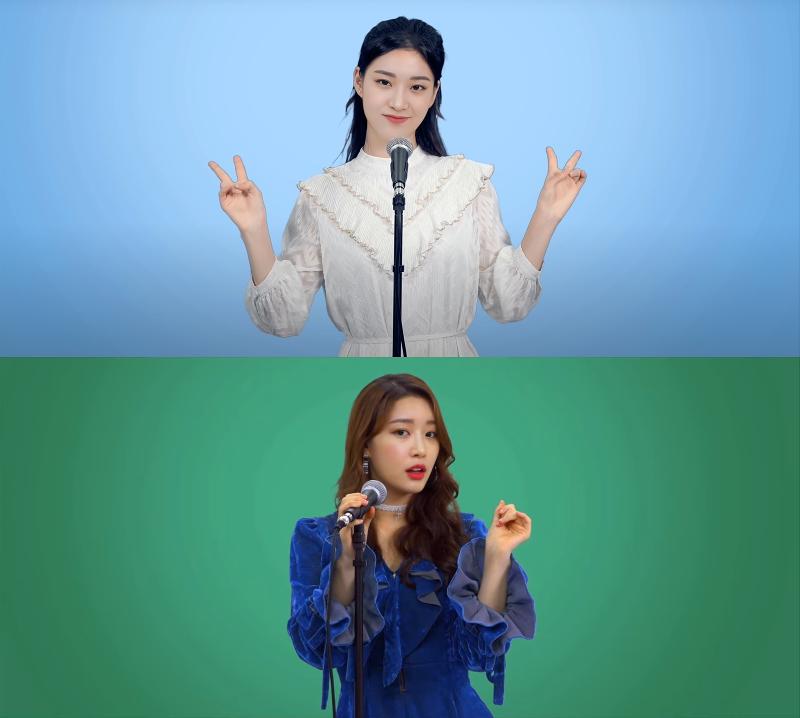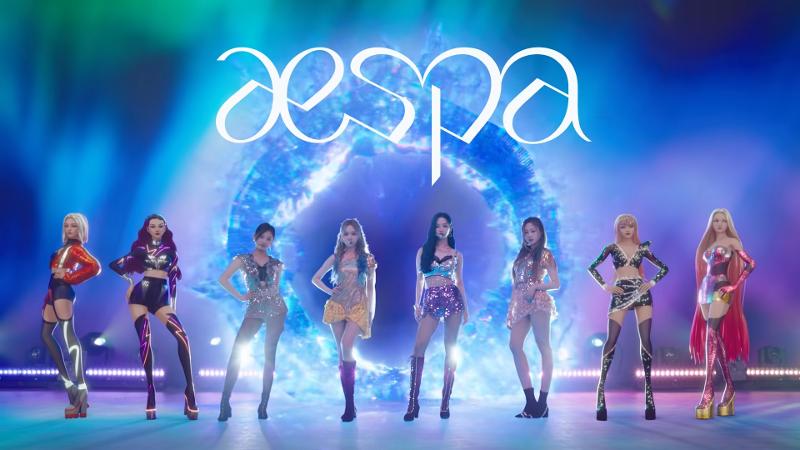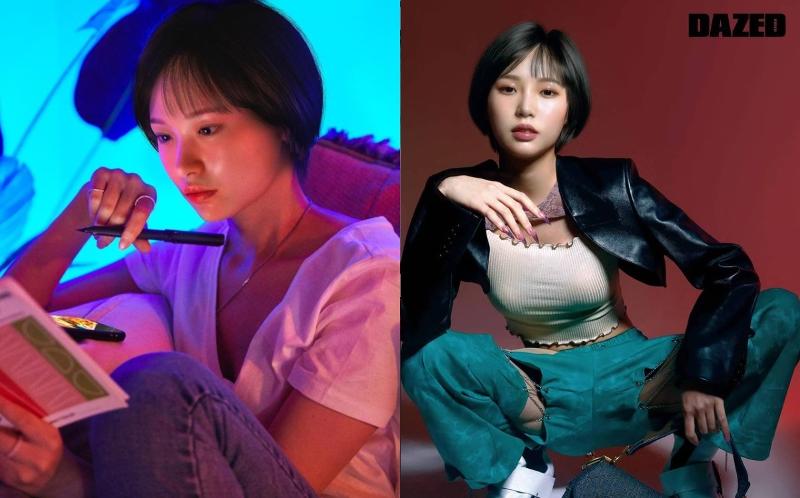By Yoon Hee Young
Video = Shinhan Life's official YouTube channel
A woman in a YouTube commercial for an insurance company shows off her attractive appearance and dancing skills. This ad exceeded 10 million views in under a month.
Yet the public initially failed to notice something important -- she is a "virtual human." People expressed surprise after their discovery, with messages like "I wanted to search for who the model was and couldn't believe she was a virtual human" and "It's surprising how realistic she is given that she is a graphic."
The golden age of virtual humans has begun. With the development of artificial intelligence (AI), a realistic virtual human has emerged to exceed the range of "uncanny valley," which pose an obstacle to the development of virtual humans. The uncanny valley theory, which came out in 1970 by Japanese robotics engineer Masahiro Mori, says humans feel uneasy when seeing humanoid objects like robots if the latter reaches a certain level of reality.
Many countries have started to use virtual humans as influencers or commercial models like Lil Miquela in the U.S., Imma in Japan and Shudu in the U.K. Korea has also shown outstanding technology in the field. The following are four Korean virtual humans who communicate like regular people with realistic appearances and unique personalities.
Rozy

Rozy is Korea's first virtual influencer. (Screen capture from Rozy's Instagram page)
Rozy is Korea's first virtual human based on AI produced by Sidus Studio X, a content-creating affiliate of Locus, Korea's leading production company specializing in commercials, animation, film and video characters.
"As marketing using 'virtual influencers' gains vitality around the world, we thought Korea should join the trend as a leading country in information technology (IT). That's why we decided to develop Rozy, the first virtual human in Korea." Sidus said.
With around 48,000 Instagram followers, Rozy was created by combining the looks most loved by millennials (people born from the 1980s to the early 2000s) with nearly 800 facial expressions and movements extracted from an actor through 3D modeling technology. "In the first three months that Rozy's Instagram page ran, no one noticed that she was a 3D virtual model," the studio said.
Rozy can go anywhere in the world without wearing a mask amid the pandemic, takes photos in places hard to visit in reality and communicates with people through social media. She is also an active participant in eco-friendly activities such as a "zero-waste" campaign and upcycling and confidently expresses her thoughts and feelings.
The character is the model of Shinhan Life, which decided to use Rozy to move away from the original image of strictness and rigidity to target the younger generation. The commercial was released on July 1 on YouTube and exceeded 10 million views in nearly 20 days.
On Aug. 10, Rozy started modeling for American automaker Chevrolet. Due to surging demand from the hotel industry, she also posts visits to hotels on her social media.
Virtual influencers are considered blue chips in advertising as they are immune from scandal and unaffected by the constraints of time and space.
Rui

Virtual YouTuber Rui appears on her YouTube channel "RuiCovery." (Screen capture from RuiCovery's official YouTube channel)
Rui is a virtual YouTuber with nearly 26,000 subscribers, and her channel "RuiCovery" mainly has uploads of videos of her doing song covers. Unlike Rozy, she is the product of deepfake technology, which uses AI deep learning to superimpose a virtual face created by collecting multiple facial data from human bodies and voices.
Dob Studio, the producer of Rui, said, "Minute facial expressions and feelings shown on the original face are reflected on the virtual face," adding that this is why Rui looks far more natural than other virtual humans. Uploading videos and vlogs on her YouTube channel, the prominent virtual influencer recently became a model for the home shopping channel CJ Onstyle.
ae: avatars of Aespa

The human members and avatars of the K-pop girl group Aespa stand next to each other. (Screen capture from Aespa's official YouTube channel)
The K-pop market has also dived into AI-based concepts. SM Entertainment, a management agency that has produced numerous K-pop stars including Red Velvet and Exo, showcased its own metaverse through the girl group Aespa.
The group's futuristic concept has Aespa's four human members communicating with their four avatars, or "ae," through a signal called "synk." The trendy appearance, musical technique and artistry, and IT technology of the virtual members enabled the group to gain millennial interest. Ae members often appear not only in music videos but also on stage.
Kim Reah

LG Electronics developed the virtual human Kim Reah for marketing. (Screen capture from Kim Reah's Instagram page)
Kim Reah was created by a major corporation for use in marketing. LG Electronics in January showcased the 23-year-old virtual human at the Consumer Electronics Show (CES), the world's largest trade show for tech. With her name meaning "a child from the future," she delivered a three-minute presentation in fluent English.
In an interview with the fashion magazine Dazed, Kim said, "I was born in Seoul but my family moved to Gujora Village on Geojedo Island, Gyeongsangnam-do Province, along with my father. Matthew Herbert, an artist who makes music from various sounds in daily life, influenced me to dream of becoming a musician."
Calling herself a singer, songwriter and DJ, Kim has a life history similar to that of a real person. This is because she was created to appeal to the younger generation, who do not differentiate virtual humans from real people, and to accept and communicate with them without prejudice.
hyyoon@korea.kr